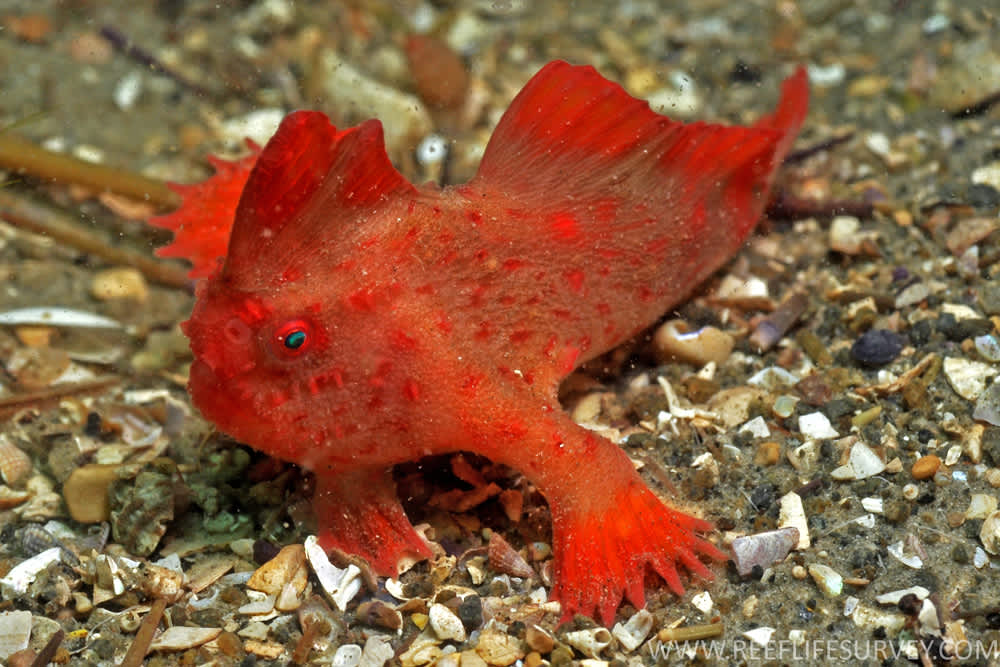One curious coastal creature is at critical risk of extinction — here’s what Australia’s doing to help.
Just off the coast of Tasmania, little red fish with hand-like fins are struggling to survive. The red handfish are considered critically endangered, and researchers are racing to save the species before it’s too late.
Australia’s government has stepped in with additional support, resulting in a “successful recent release of 65 captive-raised red handfish into the wild,” according to a recent press release.
Several groups, such as the Institute for Marine and Antarctic Studies and the Foundation for Australia’s Most Endangered Species, dedicated their time, money, and effort to keeping this little red critter alive.
The loss of a single species has the potential to disrupt an entire ecosystem, which is why saving the handfish matters so greatly.
Australia’s Minister for the Environment and Water, Murray Watt, mentioned in the release that “for this species, every fish counts, and now we have another 65 in the wild.”
Despite fossil lineage tracing back to the Early Eocene period, or around 50 million years ago, there are now only an estimated 100 to 250 red handfish in the wild, putting them in the “critically endangered” category of the International Union for Conservation of Nature’s Red List of Threatened Species. The red handfish joins over 48,000 other species of plants and animals threatened with extinction.
Extinctions disturb ecosystems. Whether it’s predators losing prey or vice versa, extinction shakes up fragile food webs, potentially pushing other species closer to extinction themselves.
The most significant drivers of extinction are habitat loss, climate change, pollution, and invasive species. For the red handfish, breeding groups are fragmented because of habitat degradation, and warmer waters make it harder for them to breed.
The recent releases of new red handfish are an excellent start, but conservationists still have a lot of work to do to save the species. Without changes that reduce or stop habitat loss, the fish may become another unfortunate victim of climate change.
Despite the pressure, researchers have hope that the fish could make a full recovery.
“Tasmania is home to incredible and unique native sea life and we want to keep it that way,” Minister for Agriculture, Fisheries and Forestry Julie Collins said in the press release. “It is fantastic to see this positive outcome from the red handfish conservation efforts we have supported.”
Join our free newsletter for good news and useful tips, and don’t miss this cool list of easy ways to help yourself while helping the planet.

